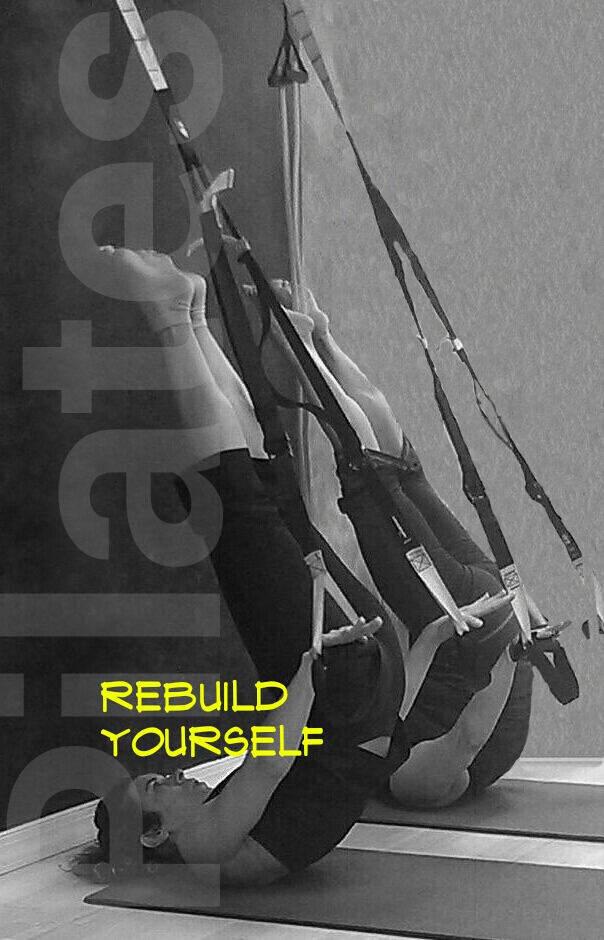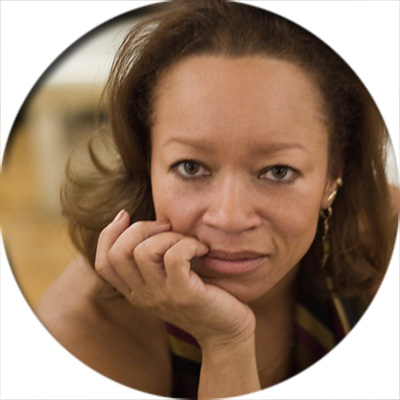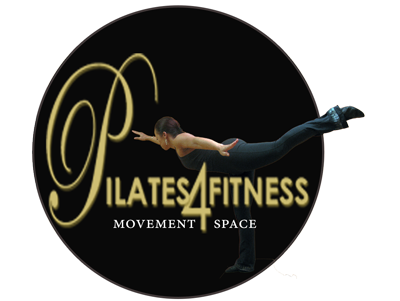While the benefits of exercise and specifically, Pilates movements, are undeniably greater length, joint and tendon release as well as mind/body relaxation, the rigor of the method, if performed with intention, will bring about a flush to the cheeks, a bead or two of sweat down the spine and the engagement of the muscles of the body to the point that you knew you were doing something right and at the same time “different.” Relaxing into the movement makes all the difference in the world and brings the pleasure into play.
Athletes and dancers do it. It is what makes their work look so effortless. Coaches and teachers try to find the best way to communicate the approach of “relaxing” while pushing hard through a movement.
It can be easier said than done. Oftentimes, people believe a) the harder I push, the easier it will come, b) the faster I run, the easier it will feel, c) the more strain and struggle I put into it, the better I will be at it. WRONG!!
By relaxing and breathing fully, focusing on releasing the strain and tension of the work in the body and allowing resisted movement of the muscle, the body seemingly moves effortlessly to the point of its strength plateau. Continued work and effort will increase strength, tone and flexibility and ultimately we find a new plateau zone that we move to with ease, comfort and utter joy. You might find that you can actually walk away feeling accomplished, satisfied and good about having done something so good for yourself.
Keys to Relaxing in Exercise
I have three keys for new students to aid finding the ease in their movement, a)breath, b)release and c)resist. They are my mantras in teaching and facilitating relaxation in bodywork with most new students. The body can sustain work, injuries are prevented; joints, ligaments and tendons are not worn down.
 Breath – The body will not move without it. It is the most crucial element to facilitating movement from the core center. “Inhale to initiate” by filling the entire cavity of the diaphragm with air and “exhale to exert,” by emptying the diaphragm, contracting the abdominal and moving the body. When students find that they are not breathing but actually trying to “will” themselves into the movement (and usually with their eyes closed), they quickly appreciate that the absence of breath leaves them stuck or frozen and unable to move. Breathing helps release tension and allows the body to move much more fluidly and thus brings about a relaxed sensation to the movement of the exercise.
Breath – The body will not move without it. It is the most crucial element to facilitating movement from the core center. “Inhale to initiate” by filling the entire cavity of the diaphragm with air and “exhale to exert,” by emptying the diaphragm, contracting the abdominal and moving the body. When students find that they are not breathing but actually trying to “will” themselves into the movement (and usually with their eyes closed), they quickly appreciate that the absence of breath leaves them stuck or frozen and unable to move. Breathing helps release tension and allows the body to move much more fluidly and thus brings about a relaxed sensation to the movement of the exercise.
Release – Letting go, like relaxing, for many people is easier said than done. Release of the neck and shoulders to initiate a breath seems like a foreign task to many that are learning to use the full length, depth and width of their diaphragm. Nevertheless, that is the task of letting go. Finding the freedom of the movement be releasing the neck, shoulders, chin of the stress, strain, tension and “extra energy” we carry around in this area to allow the body to move from a relaxed state.
Resist – Now here is the paradox of finding a way to relax into exercise. With breath from the engaged core, releasing the strain and stress of the neck and shoulders, relaxed movements are resisted “from or toward” a desired point. It’s a paradox. Resistance implies work and relaxation is the antithesis. Repeating the relaxed, resisted movements of the muscles (8, 10, 12 reps) creates exercise. We resist away from the ground to step, walk and run; resist gravity to push away from the floor in a push up and we resist against the springs of the reformer as we pull away from the foot bar. Slowing down the resisted movement or speeding it up (changing the rhythm of the movement) challenges our mind and body and keeps the relaxation of the exercise dynamic.
So for example, all overhead Pilates exercises, Corkscrew, Jack Knife or Boomerang necessitate the three keys of breath, release and resistance away from the ground. Performing the movement with TRX Suspension adds an exhilarating and dynamic challenge.
Again, all of this is easier said than done and practice always makes it better. Who cares about perfect. It’s just exercise anyway!
If you enjoyed reading this post, resonated with it and smiled a bit, feel free to share!

Gina Jackson, is a classically trained Pilates Teacher and has been teaching along the Gold Coast of Hudson and Bergen County, NJ for the past fifteen+ years.
Certified by Power Pilates of New York, Gina has trained with Master Teachers Bob Liekens, Susan Moran and Brett Howard; loved workshop training with Cary Regan and Blossom Leilani-Crawford and has particularly enjoyed listening to the personal stories as told by Pilates Elders, Kathy Grant and Lolita San Miguel.
An active teacher and blogger, Gina manages a private personal training business supporting a myriad of clients, teaching all to honor their health, strength and life with the principles of Pilates at its core.
